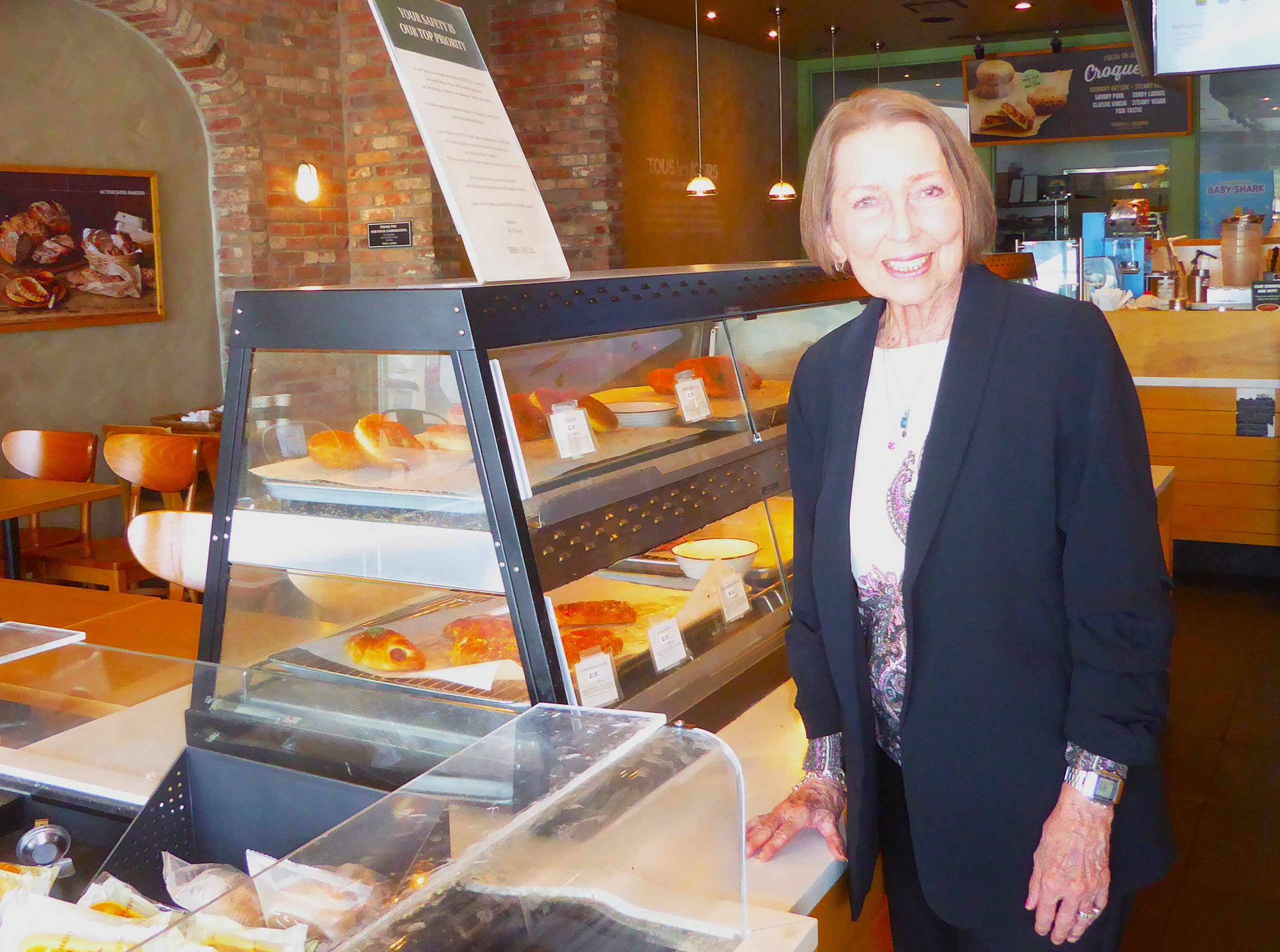A proposed housing development for the indigent drew praise from the Santa Clara City Council and public alike.
The 200-unit complex will be on the southeast corner of Monroe and San Tomas, a nearly 2.5-acre piece of city-owned land leased to a Hyundai dealership to park cars. At its Tuesday meeting, the Council unanimously voted to enter into exclusive agreements with Sobrato, the company looking to build the micro-apartments for poor and extremely poor single adults.
“The city definitely has a need for more housing, especially for those who are less-fortunate, the homeless,” said Rajeev Batra, city manager.
What makes this development “innovative,” a term used by many to describe the complex, is that it provides round-the-clock services for the homeless at no cost to the city, said Tamara Haas, deputy city manager,
Funding “affordable” housing has been difficult since the dissolution of redevelopment agencies in 2012, which allowed local governments to capture a larger percentage of property taxes from areas designated as blighted, she said. The city purchased the land from the county in 2005 with $5.4 million in redevelopment agency money to use it for “affordable housing.”
The city will rent the land to Sobrato for $1 a year, and Sobrato would need to pay a $150,000 deposit to develop the land, Haas said. Further, Sobrato would enter into a year-long negotiating agreement with two possible three-month extensions, during which time the company would have six months to perform its “due diligence,” e.g., complete its preliminary analysis, establish parking and utility capacity. The agreement also compels Sobrato to hold two community engagement meetings prior to development.
John Sobrato, founder and chairman of Sobrato, called his company the “most generous of all the foundations in Silicon Valley.” According to Forbes, Sobrato has a net worth of $6 billion, making him the 75th richest person in the United States.
The 160-square foot apartments — likely to be crafted from repurposed shipping containers — will be an “attractive addition to the neighborhood” and could see completion by 2018, Sobrato said. A community building will host the employees needed to provide services to the complex’s population and to help them integrate into an area adjacent to single-family neighborhoods.
“Instead of sleeping in a pup tent or under an overpass, Santa Clara folks will have a clean, dignified, safe, place to call home,” Sobrato said.
Ky Le, director of the Office of Supportive Housing for Santa Clara County, said the county will play a key role in coordinating housing services for the population of this proposed development.
Still, Mayor Lisa Gillmor said the Council would like to have a say in which people are given preference for residency in the apartments.
Louis Chicoine, executive director of Abode Services, the Fremont-based home builder, said the company has to be careful about how it restricts access to the units lest it run aground of fair housing laws. As for services, he said those involved must establish the needs of the population before determining which services are necessary.
“The strengths of the individuals are emphasized,” he said.
Jennifer Loving, executive director of Destination: Home, said her organization is “hitting a wall” when it comes to places for homeless people to go, and consequently, such a development is much-needed.
Sobrato urged the Council to move forward despite anticipating outcry from “nimbys,” which stands for “not in my backyard,” a pejorative term for people who object development near their homes. However, public support was strong, even among the usual naysayers.
Council mainstays Deborah Bress, Kirk Vartan and Hosam Haggag all voiced support of the project.
Haggag was not without concern, saying he would be in favor of some “slight tweaks,” including regular performance reviews by the city to ensure Sobrato is properly managing the property and being “more prescriptive” about the community meetings.
Pilar Furlong, Chief Community Resources Officer of the Bill Wilson Center, was also among public supporters, saying she “applauded” the effort and that the development was a “creative way to bring some affordable housing” to the area.
Members of the Council seemed to agree with this notion.
“This is a project that was made for that property,” Gillmor said.





